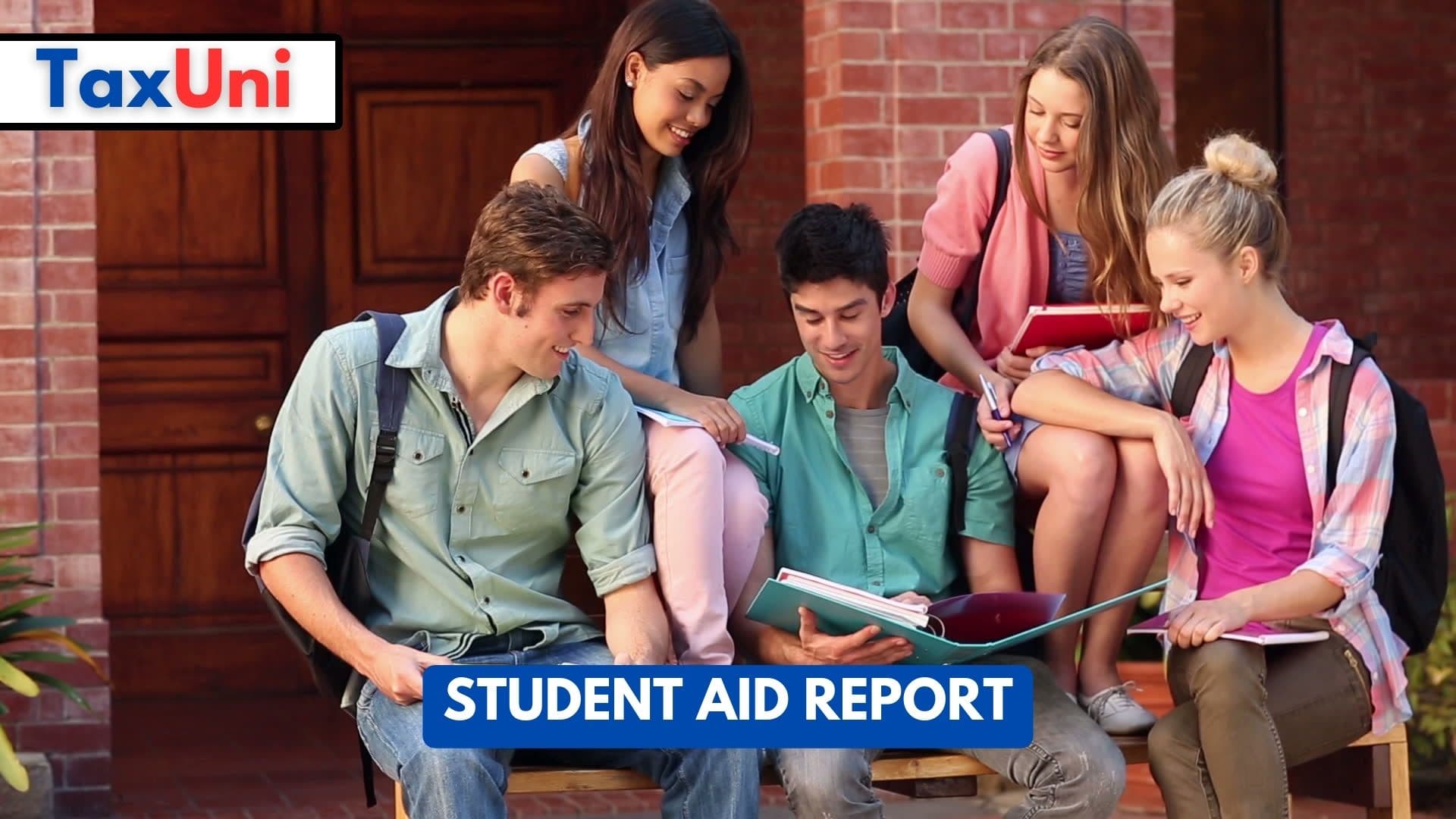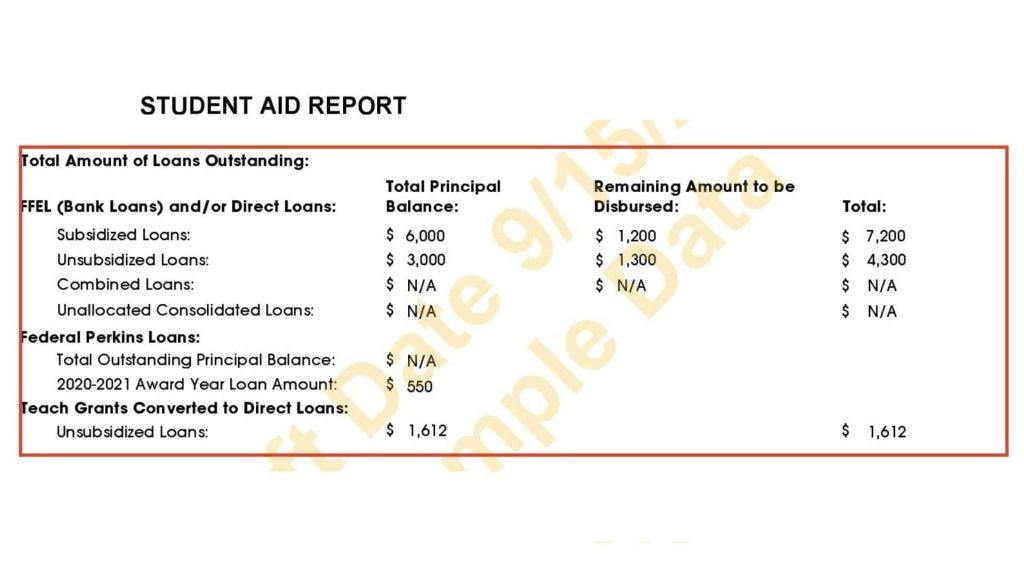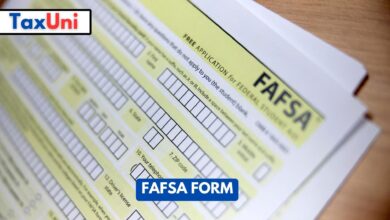Student Aid Report
Once you have completed the FAFSA, the Department of Education will send you a Student Aid Report (SAR) that details the results of your application. This article will help you understand the Student Aid Report and how it works.

Student Aid Report (SAR) summarizes the information you submitted on your FAFSA. It includes a summary of your answers to the questions, an expected family contribution (EFC) calculated using a standard formula that factors in your family’s income, assets, and benefits, and initial estimates for federal financial aid such as grants and loans. If you provided an email address on your FAFSA, the SAR will be sent to you electronically, typically within a few days of filing. You can also check your SAR by logging into your FAFSA account. If you don’t provide an email address, you will receive your SAR by mail a few weeks after processing your FAFSA.
The SAR contains important information about your FAFSA, including your EFC and a Data Release Number that you can share with schools’ financial aid offices. It will also contain a list of your outstanding loans and a summary of the FAFSA questions you answered. If you see an asterisk next to your EFC, it indicates that your application has been selected for verification.
While the SAR is a helpful document, it won’t tell you how much financial aid you will receive from any particular school. That’s the job of the school’s financial aid office. You will receive a financial aid offer after you apply to the school and are accepted into the program.

How Long Does it Takes Receive Your Student Aid Report?
Once the federal government processes your FAFSA, you will receive an electronic version of your Student Aid Report. You can either print it out or save it as a PDF file. Once you have your SAR, you can review it for accuracy and make any necessary corrections.
Ifyou provide a valid email address on your FAFSA, you’ll receive your Student Aid Report by email within a week of processing. Otherwise, it will arrive by mail 7 to 10 days after processing.
The SAR is important because it contains valuable college financial aid application information. It will let you know the status of your FAFSA, whether it has been selected for verification, and if you need to correct any data. It will also contain a list of colleges you’ve listed on your FAFSA, giving each school an estimate of how much financial aid you might receive.





